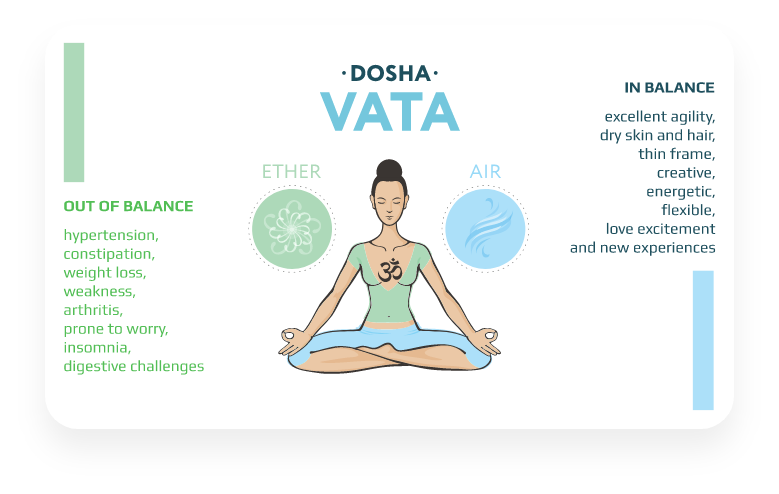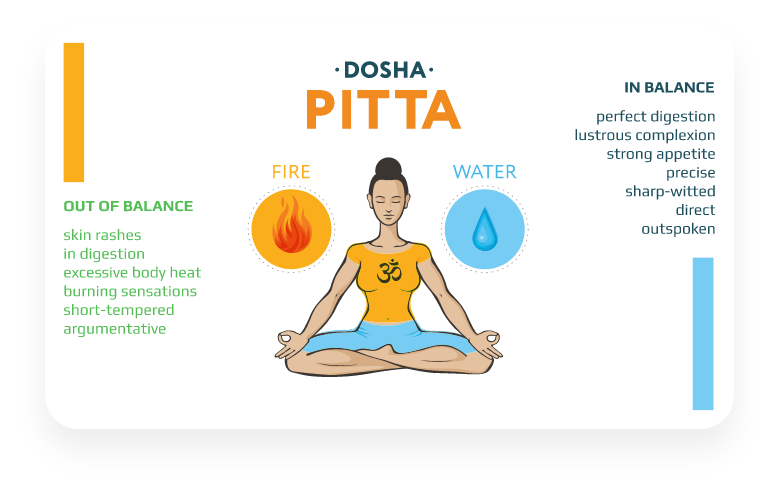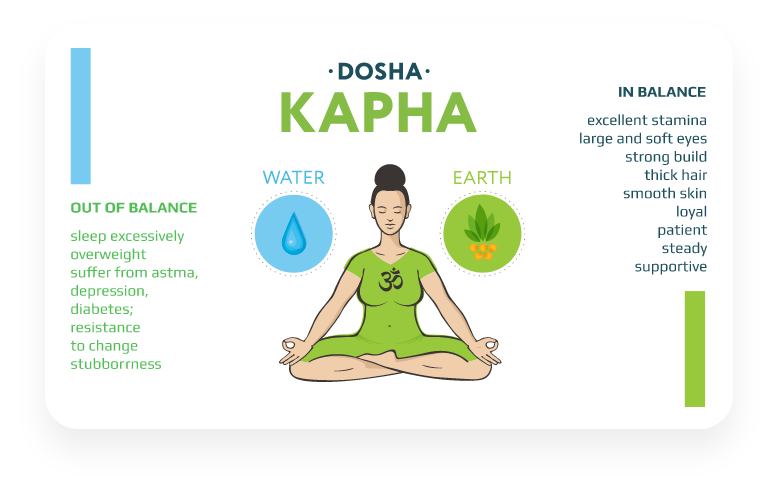What is Panchakarma Treatment?
- Panchakarma is a treatment program for the body, mind, and consciousness that cleanses and rejuvenates. It is based on Ayurvedic principles, every human is a unique phenomenon manifested through the five basic elements of Ether, Air, Fire, Water, and Earth.
- The combination of these elements are three doshas (tridosha): Vata, Pitta, and Kapha, and their balance is unique to each individual. When this doshic balance is disturbed it creates disorder resulting in disease.
- Panchakarma is done individually for each person with their specific constitution and specific disorder in mind, thus it requires close observation and supervision. Treatment starts with pre-purification Measures of Snehan and Svedana, and then cleansing methods – Shodanas are applied.
Main Panchakarma Benefits
-
 Eliminate toxins and toxic conditions from your body and mind.
Eliminate toxins and toxic conditions from your body and mind. -
 Restore your constitutional balance improving health and wellness.
Restore your constitutional balance improving health and wellness. -
 Strengthen your immune system and become more resistant to illness.
Strengthen your immune system and become more resistant to illness. -
 Reverse the negative effects of stress on your body and mind thereby slowing the aging process.
Reverse the negative effects of stress on your body and mind thereby slowing the aging process. -
 Bring about deep relaxation and a sense of well-being.
Bring about deep relaxation and a sense of well-being.
What are the Ayurvedic Panchakarma treatments?
-
NASYA
Nasya helps clear the head and improve breathing by gently applying herbal oils or powders to the nostrils.
-
VAMAN
Vaman aids in removing toxins from the body through therapeutic vomiting, promoting overall well-being.
-
VIRECHAN
Virechan facilitates detoxification by promoting healthy bowel movements, cleansing the digestive system effectively.
-
BASTI
Basti involves administering herbal enemas to cleanse the colon and restore balance in the body.
-
RAKTAMOKSHAN
Raktamokshan purifies the blood by removing impurities through specialized Ayurvedic techniques.
-
ABHYANGA
Abhyanga is a relaxing full-body massage using warm herbal oils, promoting muscle relaxation and rejuvenation.
-
SWEDANA
Swedana involves herbal steam therapy, helping to open pores, release toxins, and improve circulation.
-
DHUMPANA
Dhupana utilizes herbal fumigation to purify the air and promote respiratory health.
-
JANU BASTI
Janu Basti focuses on relieving knee discomfort and promoting joint flexibility through herbal oil treatments.
-
KATI BASTI
Kati Basti targets lower back issues, providing relief and support through warm herbal oil therapy.
-
MANYA BASTI
Manya Basti aims to alleviate neck tension and improve mobility through specialized herbal oil treatments.
-
UDVARTANA
Udvartana involves exfoliating the skin with herbal powders to promote detoxification and enhance skin health.
-
SHIRODHARA
Shirodhara induces deep relaxation by gently pouring warm herbal oil over the forehead, calming the mind and nervous system.
-
SHIROBASTI
Shirobasti addresses various head and neck ailments by retaining warm herbal oil in a cap placed on the head.
-
SHIROPICHU
Shiropichu involves applying warm herbal oil to specific areas of the head, promoting relaxation and mental clarity.
-
AGNIKARMA
Agnikarma utilizes heat therapy to alleviate pain and inflammation in specific areas of the body.
-
VIDDHAKARMA
Viddhakarma involves specialized Ayurvedic surgical procedures to address specific health issues.
-
NETRA PARISHEKA
Netra Parisheka soothes and rejuvenates the eyes using herbal eye washes, promoting vision health.
-
ASCHYOTANA
Aschyotana involves herbal eye drops to alleviate eye strain and promote eye health.
-
ANJANA
Anjana refers to the application of herbal eye ointments to maintain eye health and clarity.
-
BIDALAK
Bidalak involves herbal nasal drops to support sinus health and improve breathing.
-
PINDI
Pindi therapy uses warm herbal poultices to alleviate muscle pain and promote relaxation.
-
NETRA TARPANA
Netra Tarpana nourishes and rejuvenates the eyes through herbal ghee therapy, enhancing vision and reducing eye strain.
-
KARNA PURANA
Karna Purana involves applying warm herbal oil to the ears to promote ear health and clarity.
-
KAVAL
Kaval involves gargling with herbal decoctions to promote oral health and fresh breath.
-
GANDUSH
Gandush is an oral cleansing technique involving swishing herbal oils or decoctions in the mouth to promote oral hygiene.
-
YONI DHAVANA
Yoni Dhavana involves herbal vaginal douching to support feminine hygiene and reproductive health.
-
YONI PICHU
Yoni Pichu utilizes herbal tampons to address various gynecological issues and promote vaginal health.
-
YONI LEPA
Yoni Lepa involves applying herbal poultices externally to the vaginal area to promote healing and comfort.
-
YONI DHUPANA
Yoni Dhupana utilizes herbal fumigation to promote vaginal health and hygiene.
-
UTTAR BASTI
Uttar Basti involves administering herbal enemas through the urinary tract to address specific health issues in the reproductive system.
Panchakarma is based on Ayurvedic principles
by Vasant Lad, BAM&S, MASc
- Ayurveda emphasizes preventative and healing therapies along with various methods of purification and rejuvenation. Ayurveda is more than a mere healing system; it is a science and an art of appropriate living that helps to achieve longevity.
- It can guide every individual in the proper choice of diet, living habits, and exercise to restore balance in the body, mind, and consciousness, thus preventing disease from gaining a foothold in the system.
- According to Ayurveda, every human being is a unique phenomenon of cosmic consciousness, manifested through the five basic elements—Ether, Air, Fire, Water, and Earth. Vata—a combination of ether and air, pitta—a combination of fire and water, and kapha—a combination of water and earth, are called the tridosha.
- These are the three humors or the three organizations of the body, which are also derived from consciousness. Each individual constitution or psycho-somatic temperament is determined by the relative proportions of these three doshas at the time of fertilization.
- When the embryo is formed, the constitution is determined. There are seven basic constitutions with one or more doshas predominant according to Ayurveda.
- They are: vata, pitta or kapha predominant, vata-pitta, pitta- kapha or kapha-vata predominant and vata-pitta-kapha in equal balance, a rare occurrence.
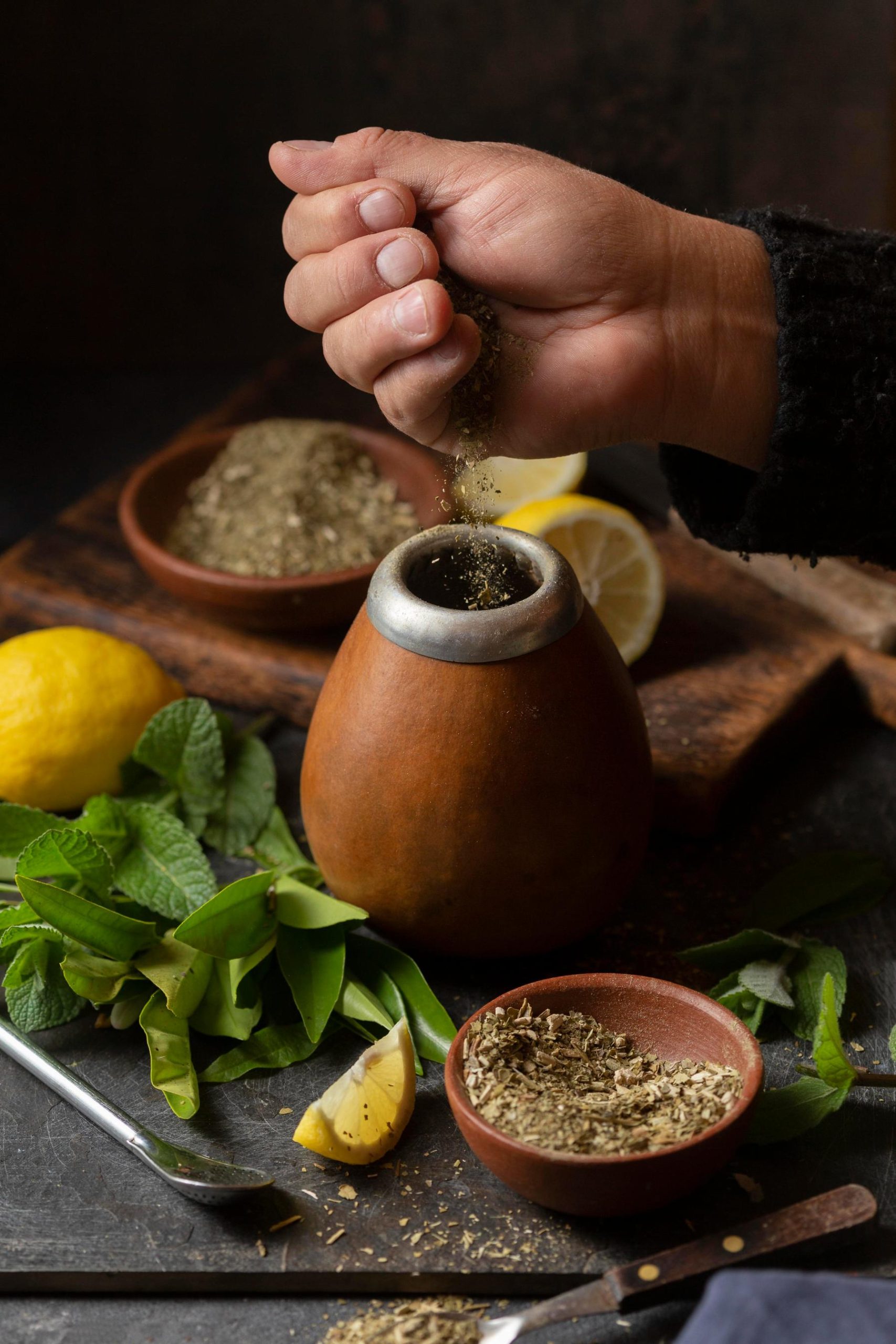
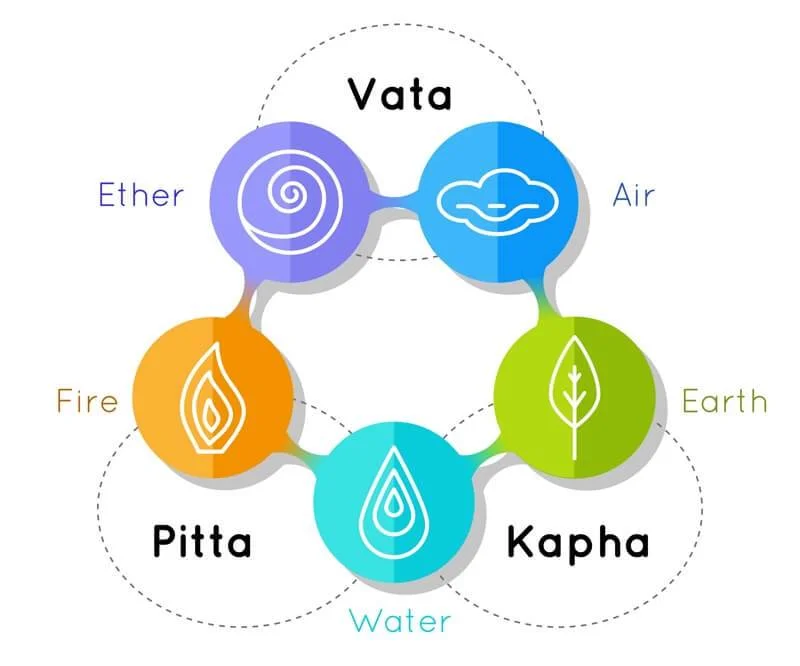
Understanding the imbalance of your unique body is the basis for treatment.
Every individual constitution has its own unique balance of vata, pitta, and kapha (VPK) according to its own nature. This balance of VPK is the natural order. When this doshic balance is disturbed, it creates imbalance, which is disorder.
Health is order; disease is disorder. Within the body there is a constant interaction between order and disorder, thus once one understands the nature and structure of disorder, one can re-establish order. Ayurveda believes that order lies within disorder. Order is the state of health, as defined by Ayurveda Panchakarma.
This exists when the digestive fire (agni) is in a balanced condition; the bodily humors (vata, pitta, and kapha) are in equilibrium, the three waste products (urine, feces, and sweat) are produced and eliminated normally, the seven bodily tissues (rasa, rakta, mamsa, meda, asthi, majja and shukra/artava) are functioning normally, and the mind, senses, and consciousness are working harmoniously together.
When the balance of these systems is disturbed, the disease (disorder) process begins.
Purvakarma: Pre-Purification Measures
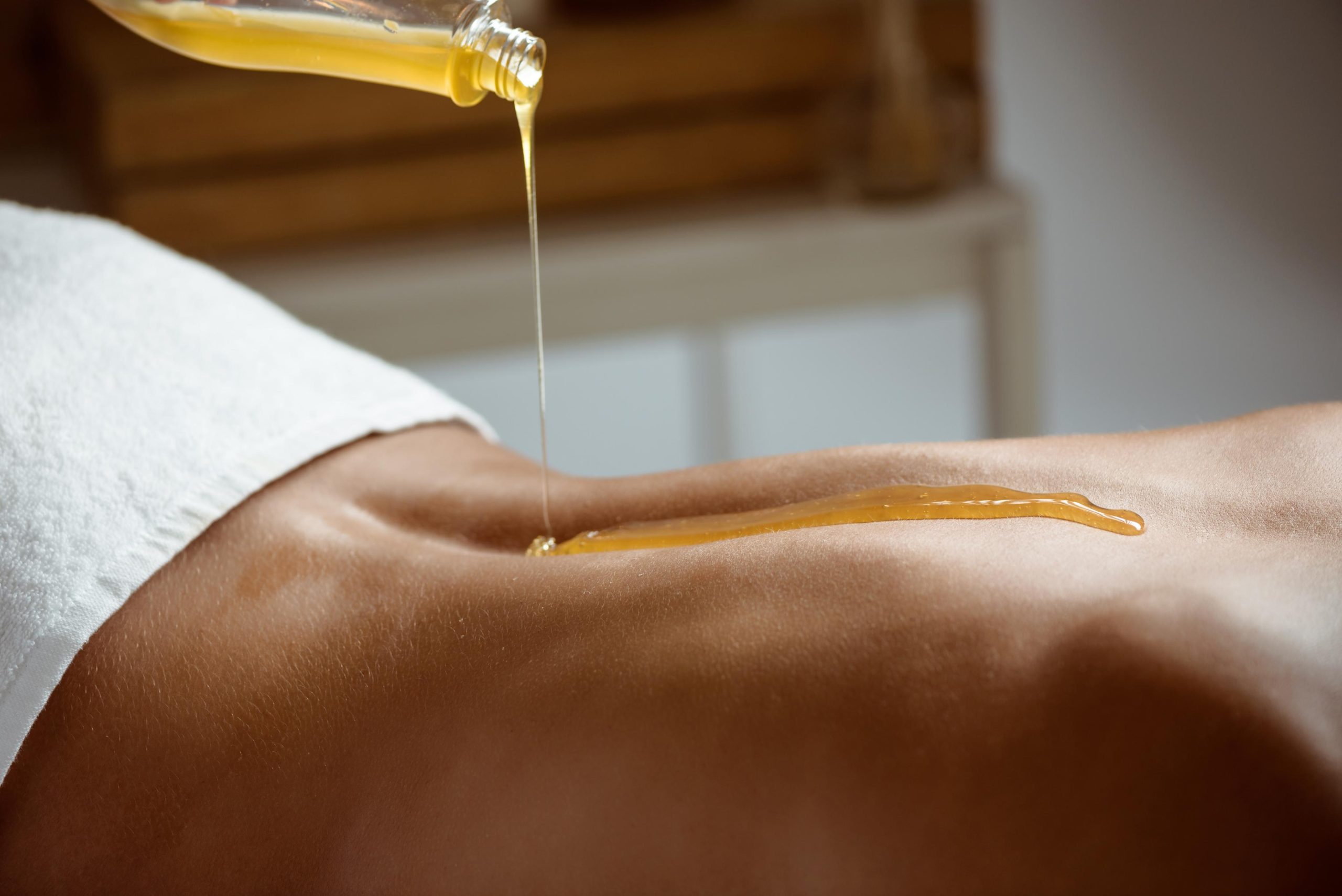
Snehan
Snehan is an oil massage. Oil is applied to the entire body with a particular type of massage that helps the toxins to move toward the gastrointestinal tract. Oil massage also makes the superficial and deep tissues soft and supple, thus helping to remove stress and nourish the nervous system. Snehan is given daily for three to seven days, as indicated.

SWEDANA
Svedana is sudation or sweating and is given every day immediately following the snehan. An herbal concoction may be added to the steam to further loosen the toxins from the individual. Svedana liquefies the toxins and increases the movement of toxins into the gastrointestinal tract.
Can I Do Panchakarma At Home?
We do not recommend performing Panchakarma at home without the guidance of a trained and licensed practitioner. There are also many Ayurvedic products required to perform this properly and they each have specific techniques and doses involved.
It’s important to seek out a qualified Ayurvedic practitioner to guide you through the process.








